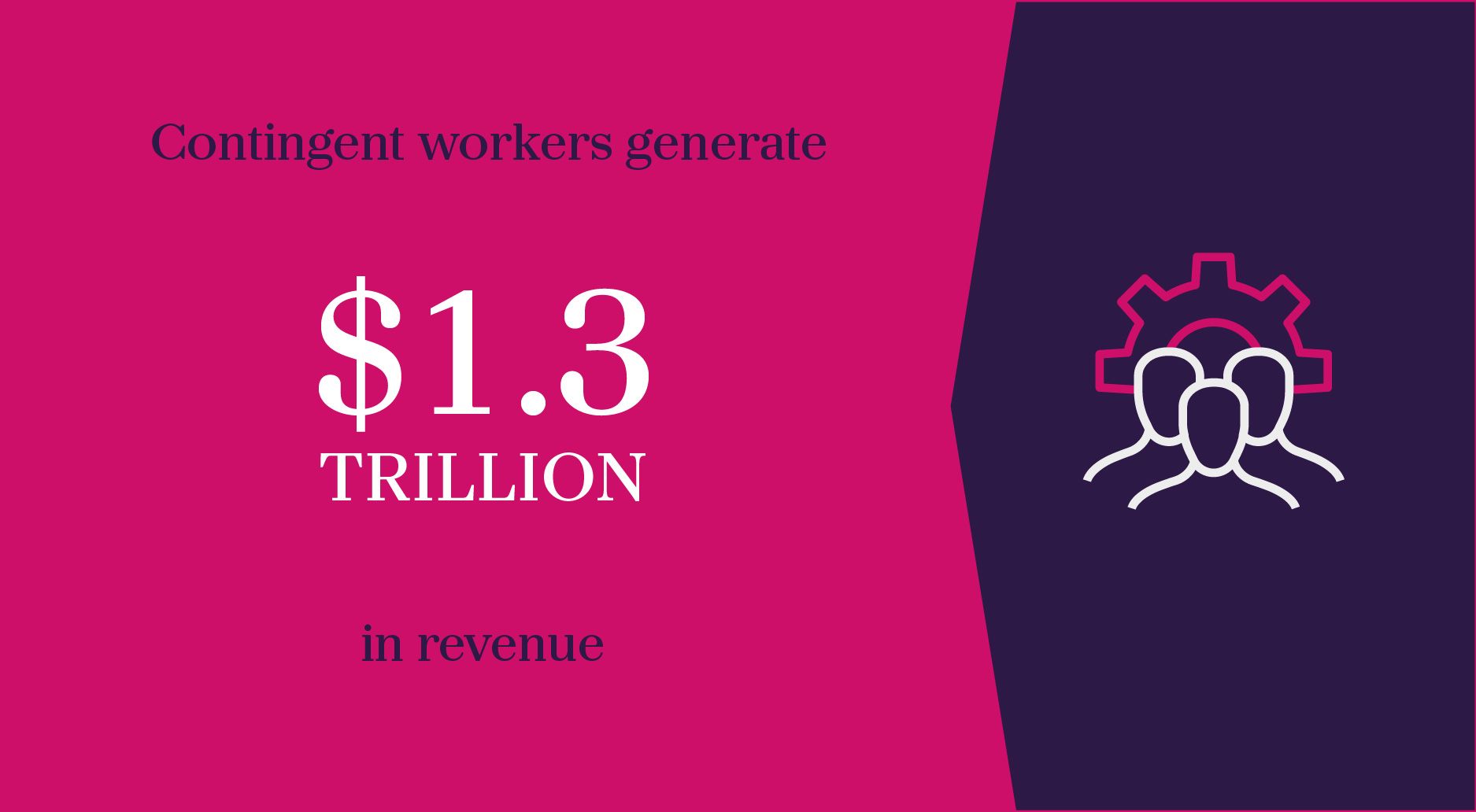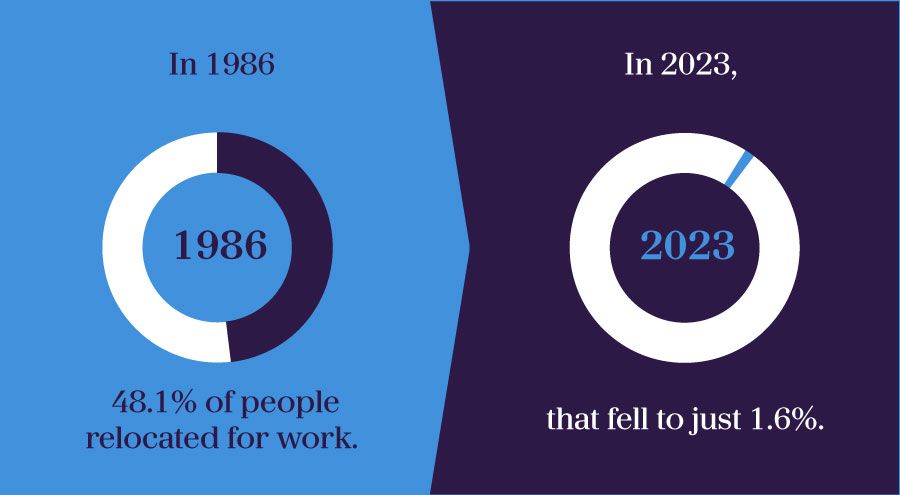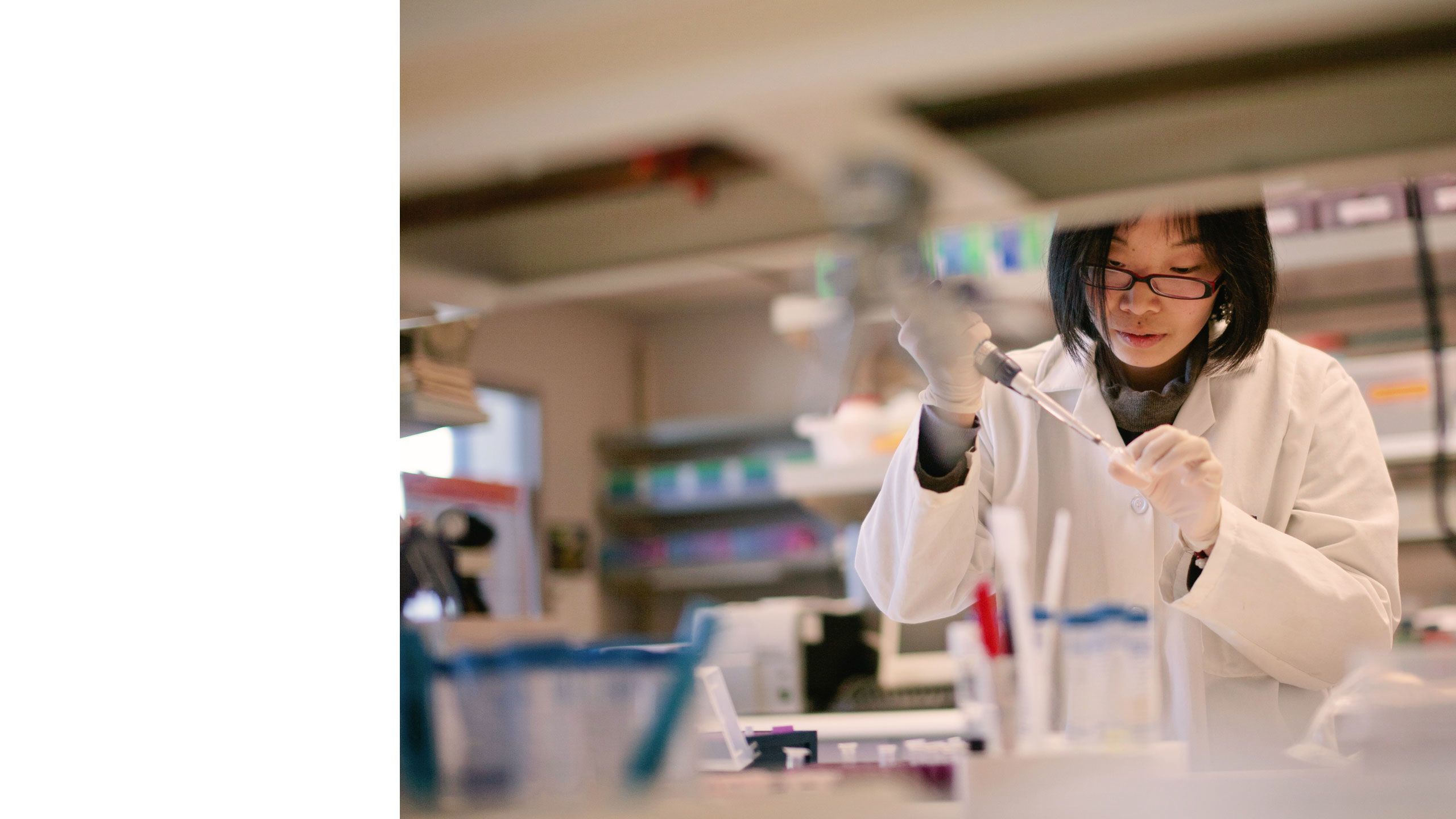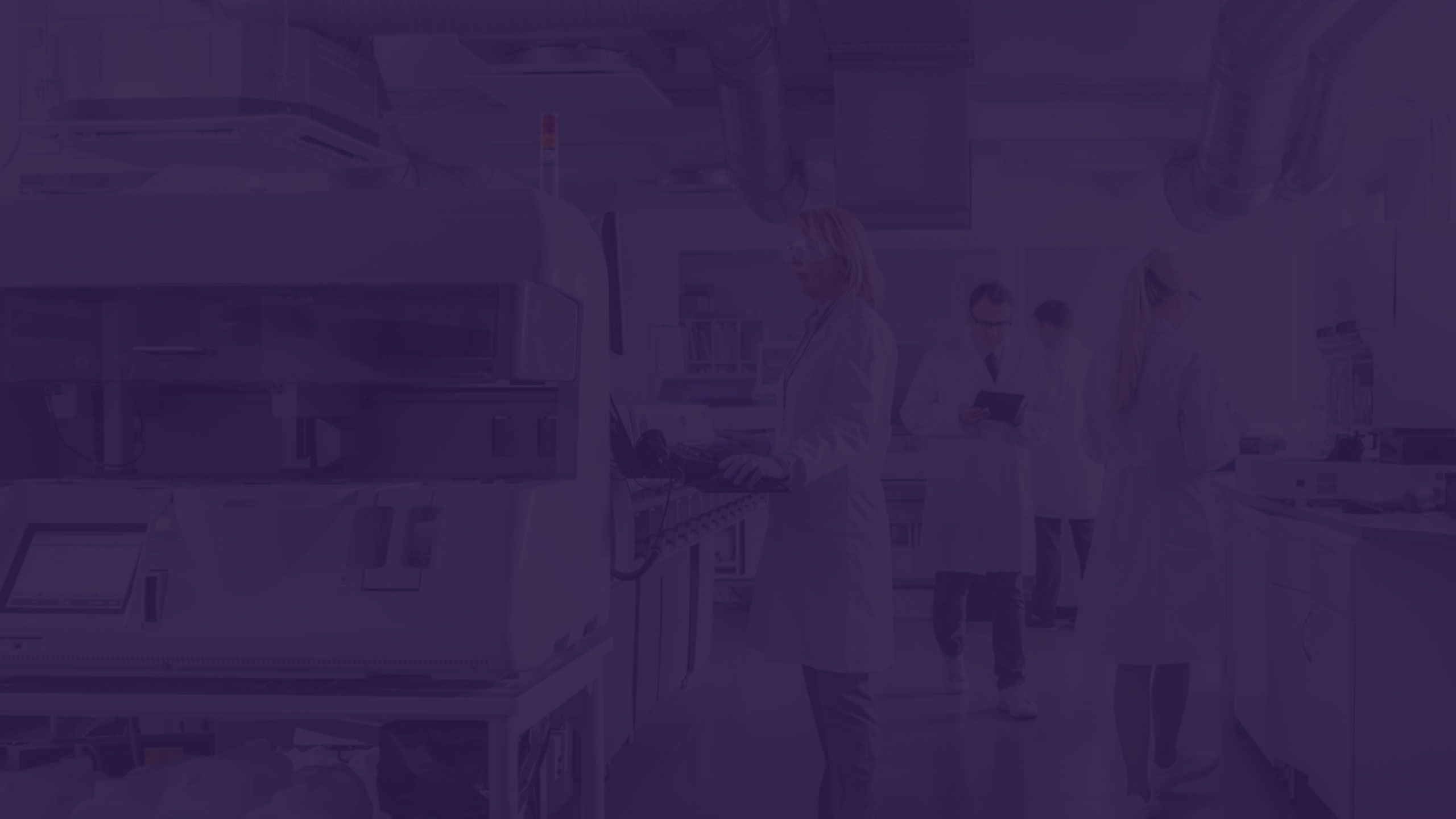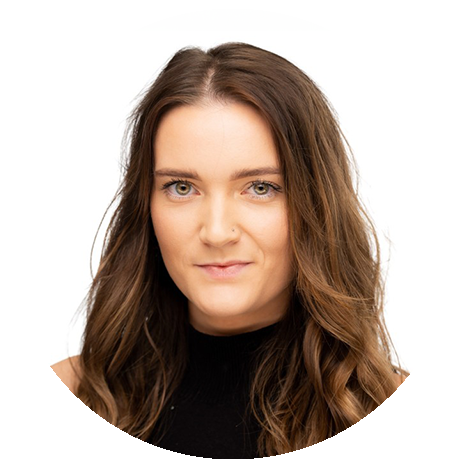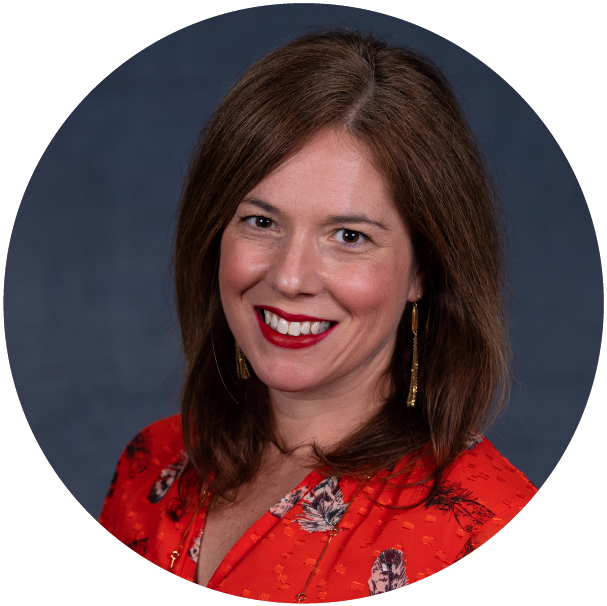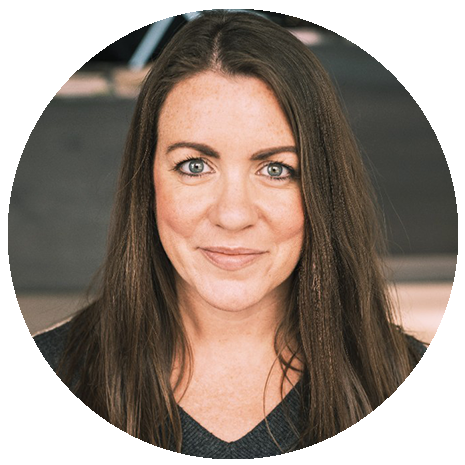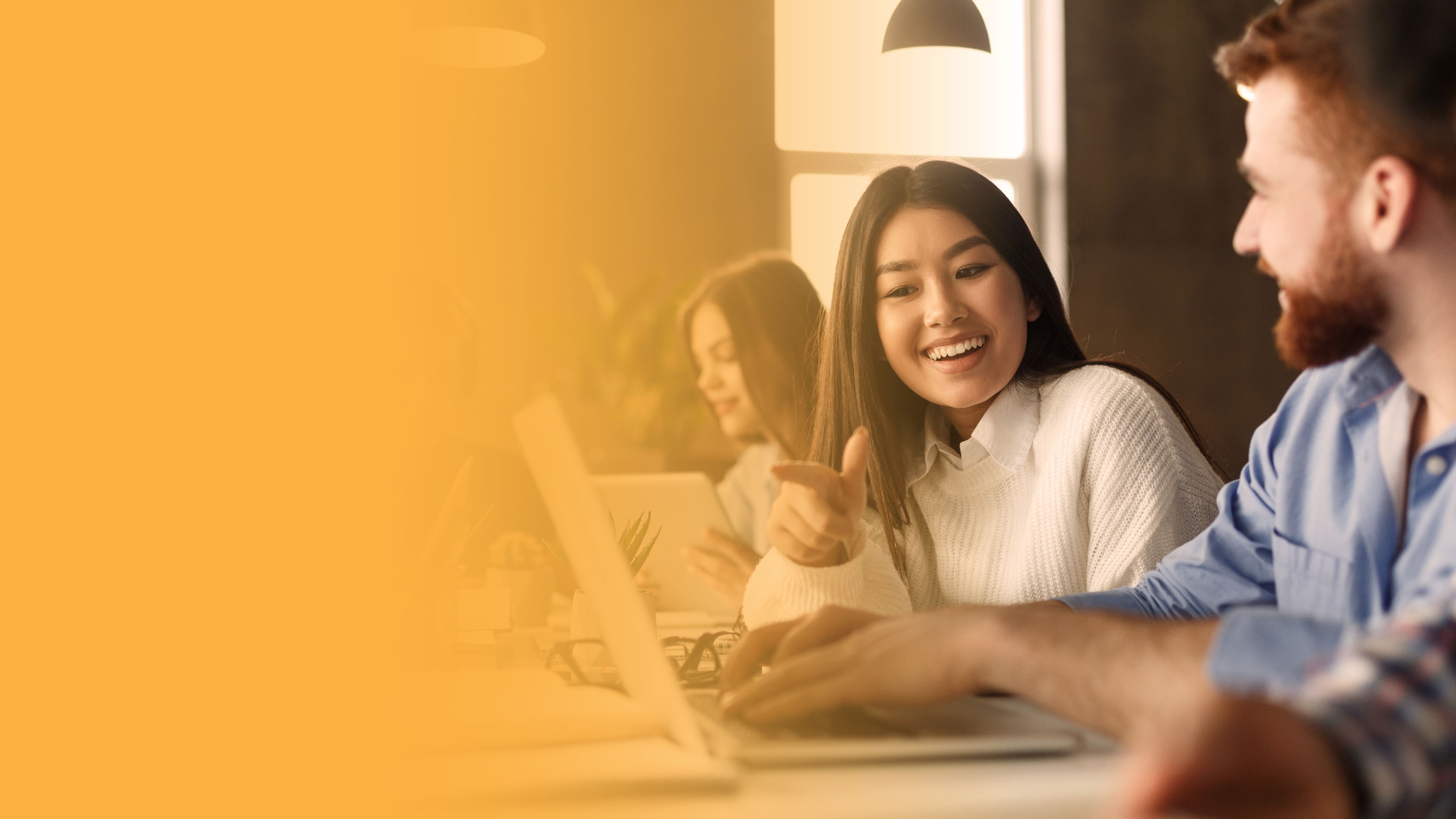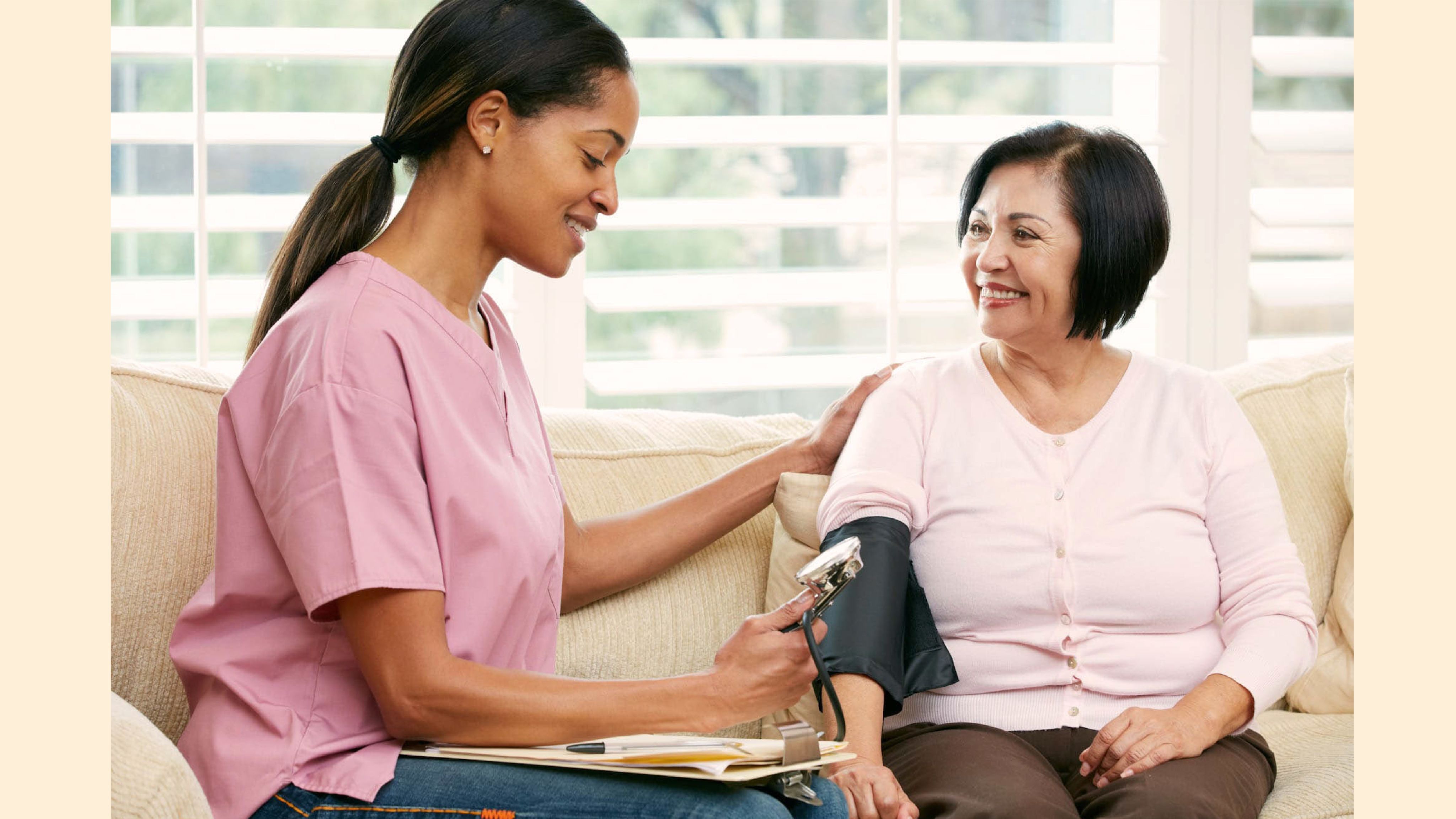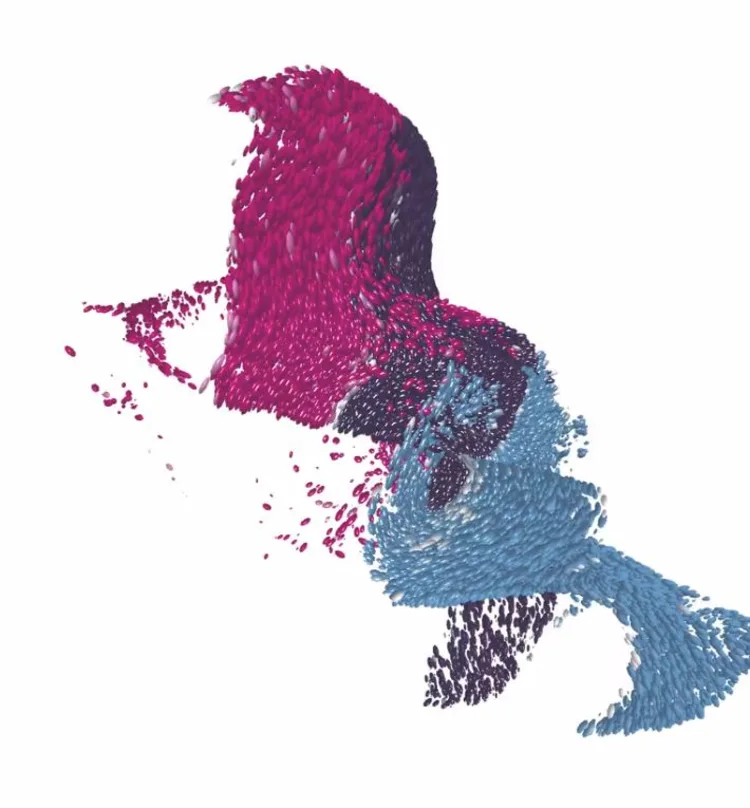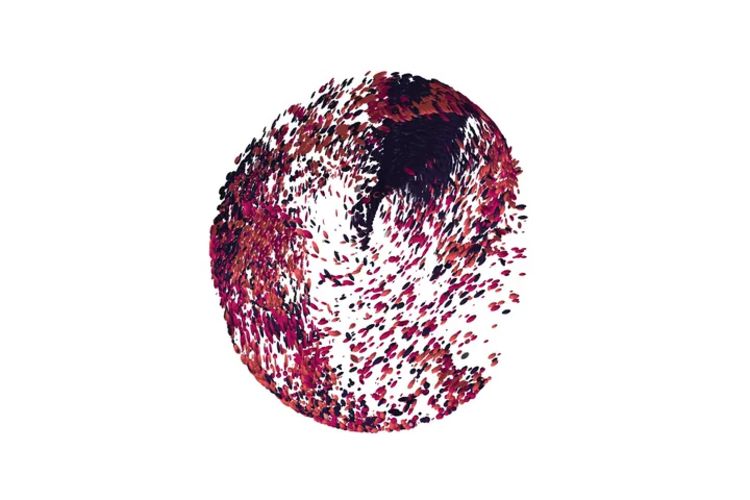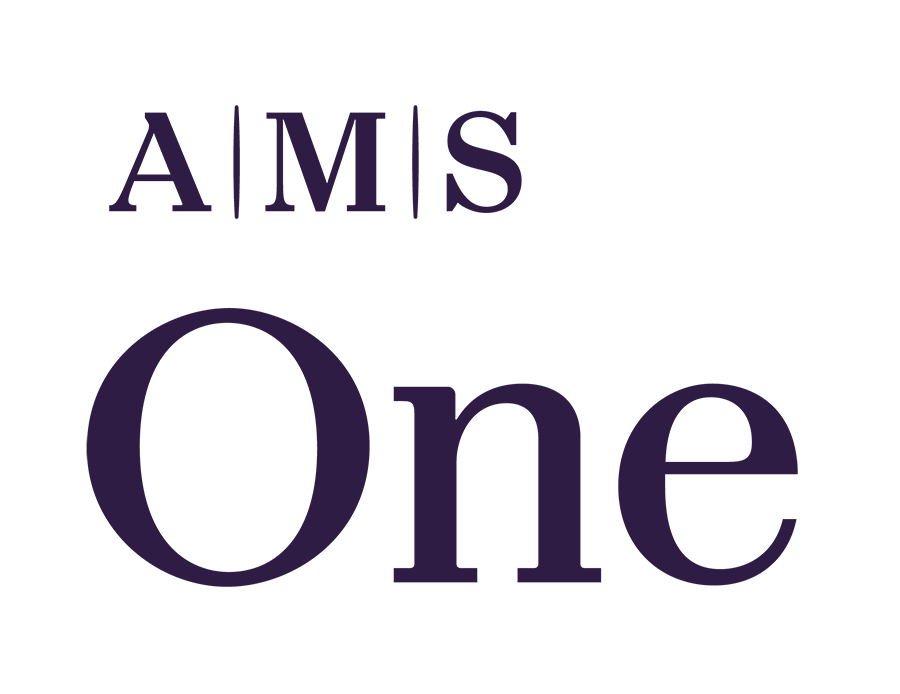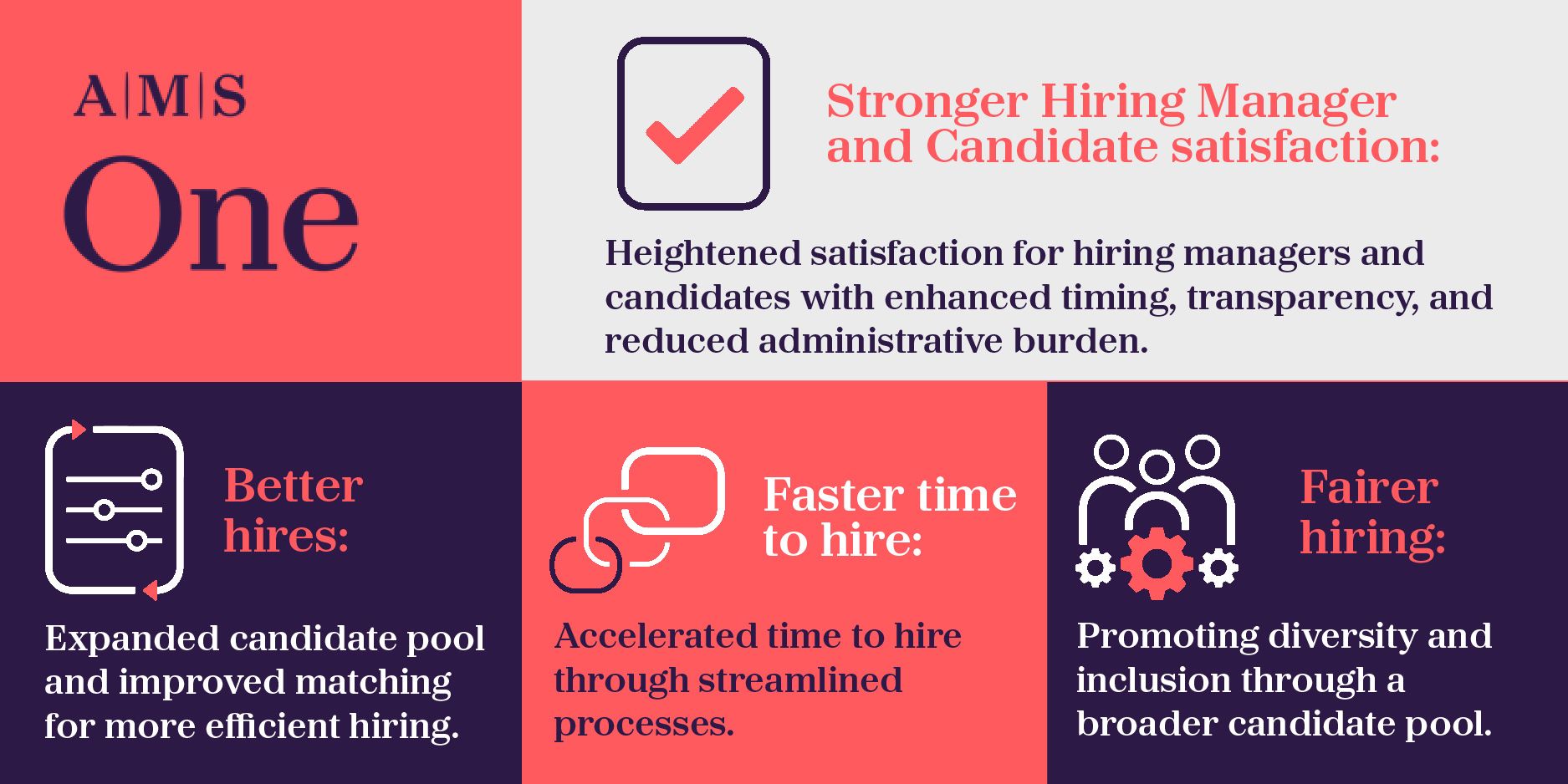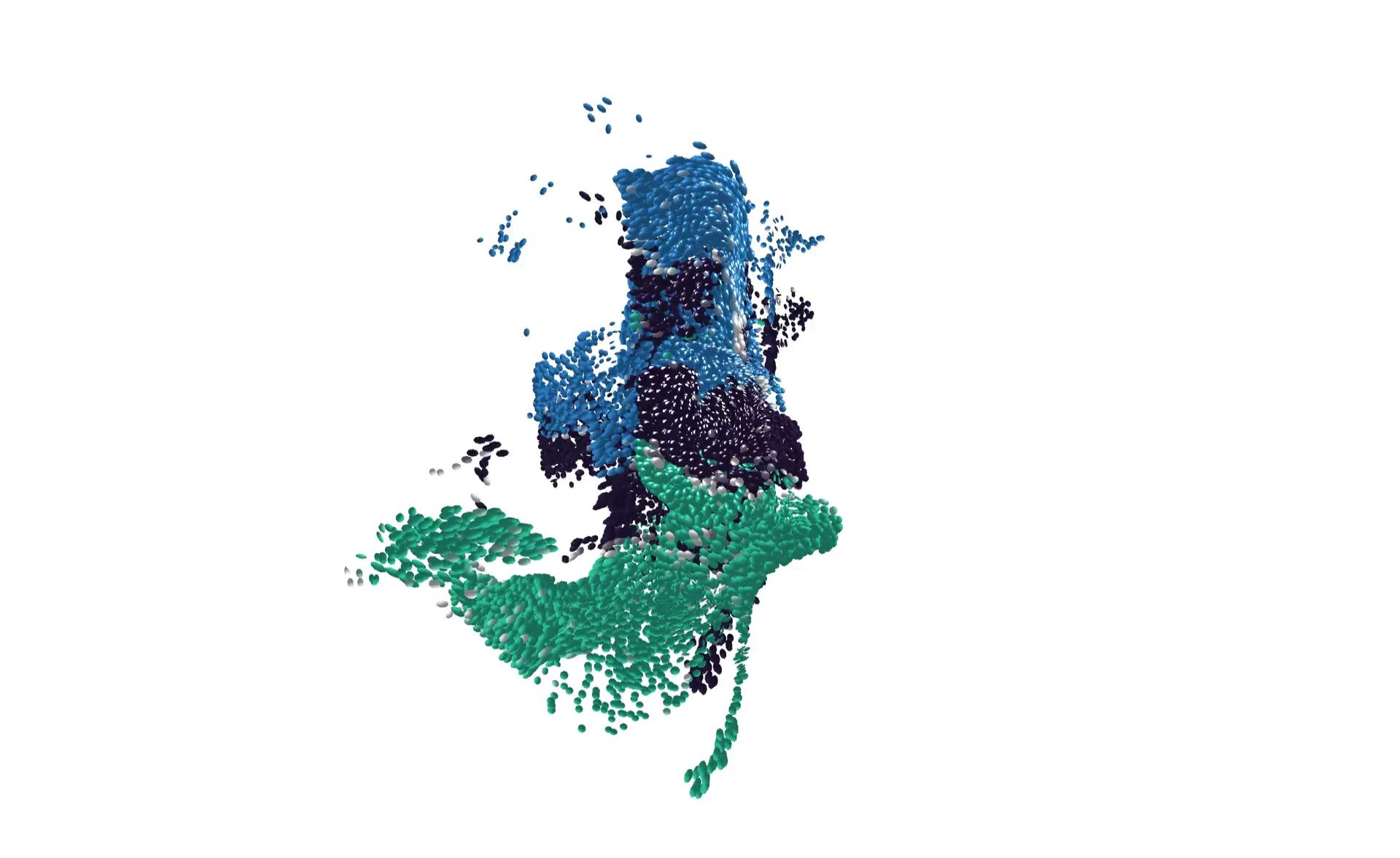Talent Acquisition Enters the Contingent Workforce Arena
Contributors:
Josh Bersin
Founder, The Josh Bersin Company
Mark Jones
Executive Vice President, Contingent Workforce Solutions, AMS
Dustin Talley
Principal Consultant and Founder, Talent Simplified
Rebecca Wettemann
CEO and Principal Analyst, Valoir

More and more corporations are migrating some or all of their contingent hiring from Procurement to TA and HR.
Here are the (manageable) risks and the untapped rewards.

There’s a profound migration going on and only a few experts in the Talent Acquisition space are aware that it is even happening.
Over the past few years, organizations in the U.S. and parts of Europe have moved large swaths of their contingent workforce hiring from their internal Procurement department to the HR and TA departments instead. And this new practice is poised to take off in the coming decade. Right now, more than one-third of the US workforce (38%) is made up of external workforce professionals, which include gig workers, independent contractors etc.
In the next 10 years, that number is going to climb to more than half, says Mark Jones, Executive Vice President of AMS.
This new recruitment reality brings unique challenges in a job market rife with corporate downsizing among technology and other firms, an uncertain job market, and possible fears over inflation as a new administration enters the White House in January 2025. How can any TA/HR professional think about their organization in terms of the future recruiting and skills strategy without thinking and including what will be 50% of the entire U.S. workforce in the not too distant future?
Like many concerns challenging today’s workforce, much of it stems from the aftermath of the COVID lockdowns of 2020.
Across the U.S., companies raced to hire people, and many were hired as permanent employees often with inflated salaries during the post-pandemic hiring boom, says Jones. He adds that for the last 24 months, this trend has reversed, and downsizing employees has cost organizations a great deal of money.
“Flexibility suffered as a result and now CHRO’s are thinking how do they ramp up and down with more flexibility which comes back to including the external workforce in their thinking and strategy,” says Jones.
According to Dustin Talley, Principal Consultant and Founder of Talent Simplified, a contingent workforce advisory practice and an AMS partner, many companies are waking up to the fact that their extended workforce is a huge part of the overall talent strategy. He adds that this shift has led to increased collaboration and ownership between Talent Acquisition and Procurement teams.
“Organizations adopting this approach aim to ensure agility and speed in how work is executed,” says Talley. “Additionally, involving TA allows for greater flexibility when budgets are available, but headcount is restricted, enabling organizations to adapt quickly to changing business demands.”
The TA Power Play
In a study of 53 mid-market and Global 5000 companies entitled “Pulse Insights: Ownership of Contingent Workforce Programs,” Talent Simplified found that a “significant portion” of contingent workforce programs is managed through shared ownership, with 39% of study participants indicating shared responsibility between HR/TA and Procurement. Also, nearly one quarter (24%) is HR/TA owned, while 35% are owned by the Procurement departments.
“Notably, 55% of programs are primarily owned by Procurement, compared to 39% owned by HR/TA, with 6% indicating equal ownership,” reads the report.
This trend toward collaboration highlights an evolving approach to contingent labor management, integrating the strengths of both departments to enhance efficiency and responsiveness in meeting workforce needs, says the report.
The report also found that 15% of participants indicated a shift in program ownership from Procurement to HR/TA in the last five years, suggesting some organizations are looking at talent in parallel with their full-time workforce.
For HR analyst Josh Bersin of the Josh Bersin Company, contingent hiring is no longer an outsourcing process to delegate to procurement, it’s a strategic source of skills and scale.
“While most companies delegate project hiring to line leaders, when HR is involved, organizations can build a much more strategic solution,”
he says, adding that this includes internal gig work, strategic contractors, and skills-based outsourcing.
Does this mean the end of the procurement department? Hardly, says AMS’ Jones.
“This does not mean that procurement do not need to be involved with the external workforce or that they do not offer huge value — they absolutely do, and they need to be involved,” says Jones. “A better strategy now is to combine the strengths of TA/HR as well as procurement when it comes to leveraging the external workforce to achieve better strategic outcomes.”
The Contingent TA Advantage
This new development stems back to how Procurement and TA have traditionally searched for workers and filled open roles, with their different missions and desired outcomes.
According to Jones, Procurement and TA have what he calls “fundamentally” different functions, with contrasting skills and focus areas. For example, Procurement tends to approach managing contingent workers through the lens of cost, which makes sense given that the spend on the external workforce can often be an organizations biggest cost outside of the cost of their permanent employee base, according to Jones.
“The cost focus then moves into operational processes ensuring they are designed and implemented to ensure there are guardrails and processes put in place to ensure costs are being controlled as tightly as possible,” he says.
Procurement typically excels at compliance and its ability to ensure that external workers are known and visible in their new roles when they start, and that they comply with the firm’s policies and the firm is protected via contracts.
TA professionals, on the other hand, often do not have the same fervor to manage costs as their approach is often linked to quality-of-hire and being the guardians of the brand. This includes the candidate and hiring manager journey and perception of the brand and process, says Jones.
“Workforce planning and helping the business plan on how they will fill open roles is a strong remit of talent acquisition, which then ties back to the overarching strategy of looking at all aspects of the talent ecosystem,” says Jones.
Organizations are increasingly looking at contingent workers as resources to be tapped on an ongoing basis, and a talent pool that needs to be managed over time, rather than just one-off contractors, says HR analyst Rebecca Wettemann, CEO and principal analyst for Valior. She adds that this is particularly true in sectors where the workforce is “aging out,” expertise is limited, and more mature workers may be willing to work on a contingent basis beyond retirement.
“Bringing TA and HR teams to contingent hiring enable the organization to use the same criteria and processes — and, potentially, tech — for permanent hires that they do for contingent workers. This will enable more effective workforce planning and strategic hiring and allow organizations to optimize their staffing with full visibility into all workers,”
says Wettemann.
Talley agrees. He says that TA brings a talent-first mindset that works great alongside Procurement’s focus on cost and compliance. When they’re both in the mix, companies can move faster and stay flexible as things change. At the end of the day, it’s about finding the right balance to meet the business’s needs now and in the future.
“TA’s involvement also ensures that the extended workforce is strategically managed and effectively utilized,” says Talley.
With TA in charge of contingent hiring, there’s a different way of thinking and deploying strategies. For example, TA will typically support a broader strategic conversion within the business to answer questions such as what skills are needed as a business to stay competitive, and where are we going to find them in the coming years, says Jones.
TA leaders can bring their experience finding skilled candidates to the contingent job search. Companies often start the hiring process by saying, “I need a contractor” or “I need a full-time employee,” but once TA defines the need based on the skills the job requires, they can opt for a contract worker until the need for a full-time hire arises.
“Workforce planning will be improved by including TA in the process and this will likely improve decision making in terms of speed and ownership of who makes the decisions and what resources are hired,” says Jones.


A New Contingent Partnership
Transitioning contingent hiring to TA teams is not without challenges. Balancing priorities between contingent and direct hires can be difficult, and the needs of contingent hires often take a backseat to permanent positions in the enterprise.
“Additionally, TA teams may lack oversight of key areas that require management of contracts with vendors and SOW providers, leaving gaps in contract execution and compliance,” says Talley. He adds that managers may also expect equal recruitment effort for contingent and full-time roles, which can strain TA’s capacity.
“Keep procurement in the picture!” advises Talley. “The best programs use the strengths of both. You need both to get it right.”
If any perceived conflict occurs between Procurement and TA, it’s probably due to a lack of communication within the organization over how hiring is being done and the benefits it will bring, says Jones.
Also, procurement have been the traditional owner of the external workforce and it has been treated as a commodity buy, recalls Jones.
“I have seen situations where there is a degree of skepticism as to why any change is needed or that any change could be viewed negatively,” says Jones. “It’s not that one function is better than the other but is a reality that the external workforce is something that TA need to understand given it will grow and the status quo of how the external workforce has been viewed and managed historically is changing.”
Best Practices Going Forward
Moving from a fully Procurement contingent model versus a TA complement — or complete takeover, for that matter — requires a commitment to best practices and not the wholesale implementation of new procedures and protocols. For Jones, the best practice is for talent acquisition to be joined up with procurement and leverage the strengths that procurement bring in terms of vendor negotiation and cost control rather than TA having to put everything in place for themselves.
“I would recommend that the TA team have a solid grounding on the external workforce ecosystem which will come through previous industry experience or through formal certification programs,” he says, citing SIA CCWP certification as an example.
Historically, contract and full-time employee hiring have been treated differently in terms of the core responsibilities of hiring teams and therefore the core underlying knowledge in contingent programs is not as detailed as might be needed. This will require upskilling and knowledge building, according to Jones.
“This can also come from ensuring that there is a good mix of people on a team that have a good understanding of the various elements of the external workforce,” he says.
One of the strategies that TA teams can leverage across all industries is the ability to implement contingent Direct Sourcing, whereby leveraging an organization’s brand to source contract workers directly (either through an in-house recruiting team or via an external provider such as AMS).
“Direct Sourcing is very similar to Recruitment Process Outsourcing, which is why I often refer to it as Contingent Process Outsourcing,” says Jones.
Direct Sourcing’s key benefits include improved quality of hire, a better candidate experience and significant cost savings. AMS typically save our clients between 10 to 15% versus staffing supplied resource and in some cases this number is even north of 20%, says Jones. He adds that Direct Sourcing is not a replacement for staffing agencies but there are roles that can be carved out for Direct Sourcing and tied into the overall TA hiring strategy across the business in general.


The TA Path to Contingent Hiring
Talent Acquisition teams are focused on achieving consistency, speed, and strategic alignment by including this segment of the workforce. If done right, organizations could create a seamless experience across all talent categories allowing them to build stronger pipelines of high-caliber talent.
“Ultimately, organizations want to deliver a workforce strategy that balances flexibility and efficiency with all talent channels that positions their organization for long-term success,” says Talley.
Jones agrees that fundamentally better talent options to support their business’s objectives and their hiring manager’s needs is paramount.
“This includes creating more flexibility in the hiring process and embracing the increasing world of external workforce options while ensuring that the candidate experience and perception of the brand remains positive,” he says. “It’s a perfect role for TA.”
written by Phil Albinus in partnership with the Catalyst Editorial Board.
With contribution from:

Josh Bersin
Founder, The Josh Bersin Company
Mark Jones
Executive Vice President, Contingent Workforce Solutions, AMS
Dustin Talley
Principal Consultant and Founder, Talent Simplified
Rebecca Wettemann
CEO and Principal Analyst, Valoir















